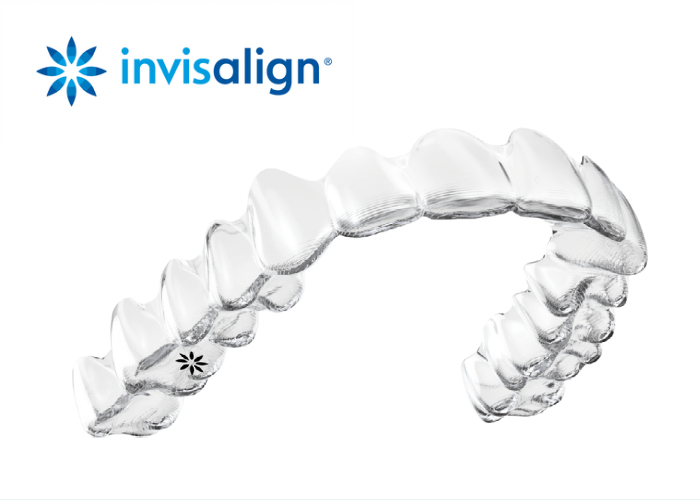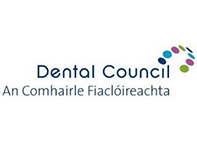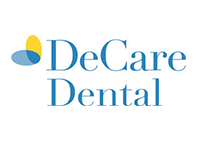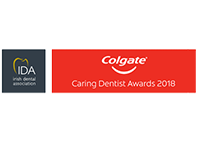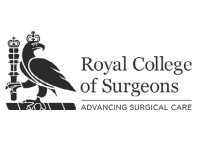Invisalign Lucan
Imagine being able to straighten your teeth without anyone knowing! Invisalign is a clever system which uses extremely thin clear aligners enabling you to straighten your teeth discreetly. At Smile Hub Dental Clinic Lucan, we have lots of experience in providing clear Invisalign Aligner treatment to gently guide your teeth into their desired position. It is an excellent clear brace system for minor to moderate adjustments. Please Call or Book Online Now for your Free Invisalign Clear braces consultation with Smile Hub. Your best dentist for Invisalign in Lucan.
At Smile Hub Dental Clinic Lucan, our dental experts are proud to offer cosmetic braces. We treat a wide range of orthodontic conditions with clear braces and clear invisalign aligners such as:
- Crowded teeth
- Crooked teeth
- Widely spaced teeth
- Cross bite
- Over bite
- Under bite
Invisalign are clear plastic aligners. These aligners shift teeth into a desired position. These clear trays are easy to wear, comfortable and virtually invisible. At Smile Hub Dental Clinic Lucan, we allow people to straighten their teeth without anyone noticing.


